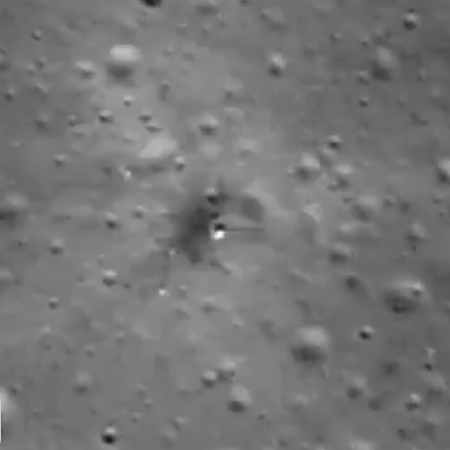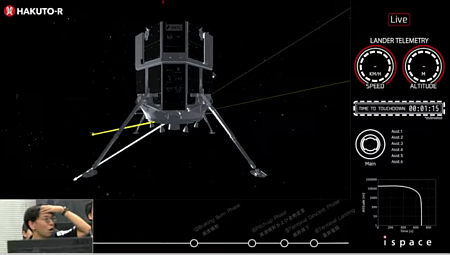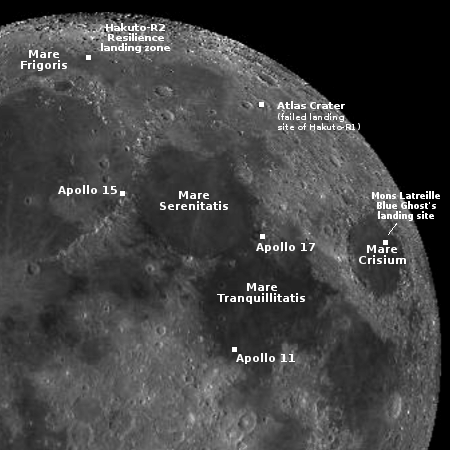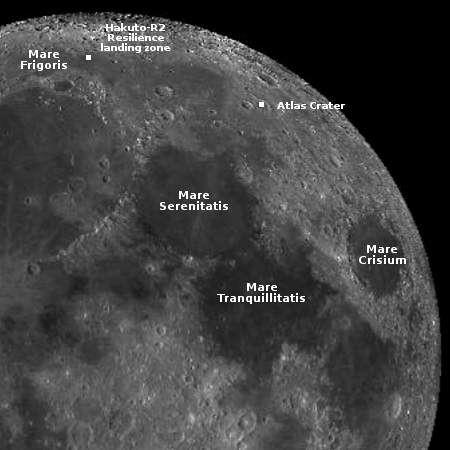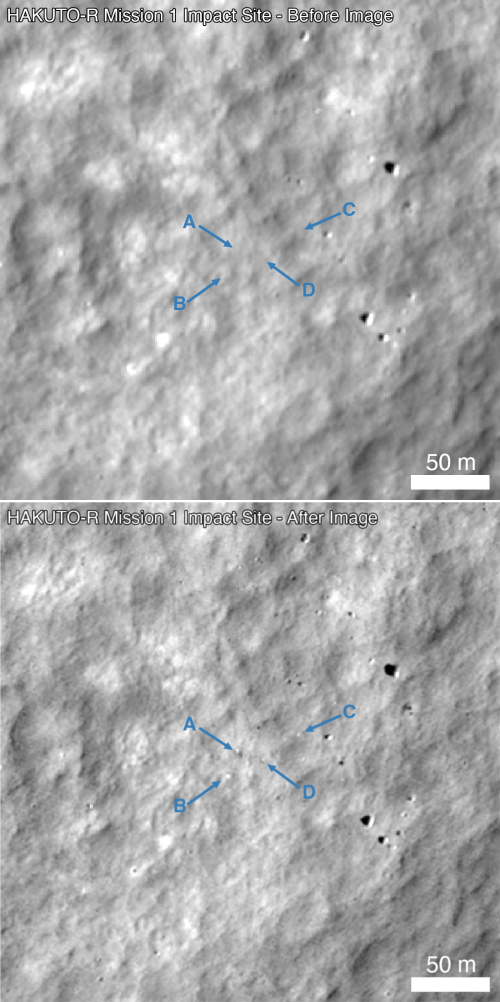Japanese startup Ispace expands deal with Japan Airlines
The Japanese lunar lander startup Ispace has now expanded its partnership deal with Japan Airlines (JAL) and two other associated JAL companies aimed at building transportation infrastructure to, from, and on the Moon.
The new agreement outlines the co-creation of systems and infrastructure supporting future lunar bases with high-frequency transportation to the lunar surface. Leveraging maintenance technology, air traffic control, and operations management expertise developed by JAL and JALEC in the aviation field, the two companies will aim to advance a sustainable presence on the Moon.
With the addition of JALUX to the partnership, the companies will explore new collaborations regarding space-related services for the public within the JAL Group. Consideration will also be given to sales cooperation for payloads sales utilizing ispace’s lunar transportation service. By combining ispace’s lunar transportation via its lander with the JAL Group’s aviation expertise and customer network, the partnership is expected to provide lunar transportation opportunities to diverse stakeholders.
A lot of vague PR language, but it does appear the goal is to develop lunar transportation products for what the companies expect to be a growing industry on the Moon.
The Japanese lunar lander startup Ispace has now expanded its partnership deal with Japan Airlines (JAL) and two other associated JAL companies aimed at building transportation infrastructure to, from, and on the Moon.
The new agreement outlines the co-creation of systems and infrastructure supporting future lunar bases with high-frequency transportation to the lunar surface. Leveraging maintenance technology, air traffic control, and operations management expertise developed by JAL and JALEC in the aviation field, the two companies will aim to advance a sustainable presence on the Moon.
With the addition of JALUX to the partnership, the companies will explore new collaborations regarding space-related services for the public within the JAL Group. Consideration will also be given to sales cooperation for payloads sales utilizing ispace’s lunar transportation service. By combining ispace’s lunar transportation via its lander with the JAL Group’s aviation expertise and customer network, the partnership is expected to provide lunar transportation opportunities to diverse stakeholders.
A lot of vague PR language, but it does appear the goal is to develop lunar transportation products for what the companies expect to be a growing industry on the Moon.

